
Do you have a question about the Cisco 10/100 16-Port VPN Router RV016 and is the answer not in the manual?
| VPN Support | Yes |
|---|---|
| Firewall | Yes |
| Throughput | Up to 100 Mbps |
| Operating Temperature | 32 to 104°F (0 to 40°C) |
| Ports | 16 x 10/100 Mbps Ethernet |
| WAN Ports | 2 x 10/100 Mbps Ethernet |
| Memory | 32 MB |
| Dimensions | 44 x 439 x 200 mm |
| Power Supply | 12V DC |
| Storage Temperature | -20 to 70°C |
| Humidity | 10% to 85% non-condensing |
| Weight | 5.5 lbs (2.5 kg) |
Ensure all hardware, including the router, PCs, hubs, and modem, is powered off before starting.
Connect Ethernet cables from router LAN ports to network devices like PCs, hubs, or switches.
Connect the modem's Ethernet cable to the router's designated Internet port.
Power on the cable or DSL modem and any other connected network devices.
Connect the AC power cable to the router and plug it into an electrical outlet.
Open a web browser and enter the router's default local IP address (http://192.168.1.1).
Enter default credentials (User Name: admin, Password: admin) to access the router's web utility.
After logging in, click on the 'Setup' tab to begin configuring network settings.
Select 'Obtain an IP automatically' for DHCP/dynamic IP connections; enter DNS if needed.
Select 'Static IP' and enter the fixed IP address, subnet mask, gateway, and DNS provided by your ISP.
Select 'PPPoE' for connections requiring a username and password; enter ISP credentials.
Select 'PPTP' for specific regional services; consult your ISP for necessary setup information.
Power cycle the modem and restart PCs to apply the router's new network settings.
Test the router's settings by visiting www.linksys.com/registration in a web browser.
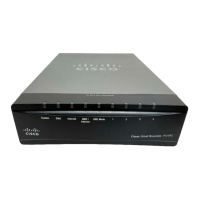

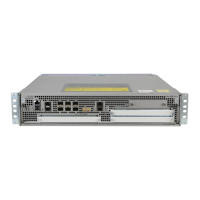
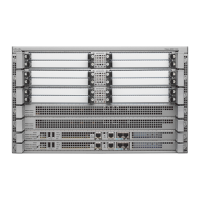



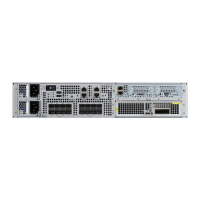
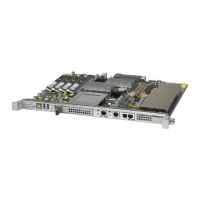
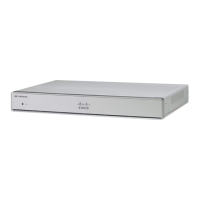
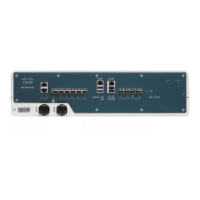

